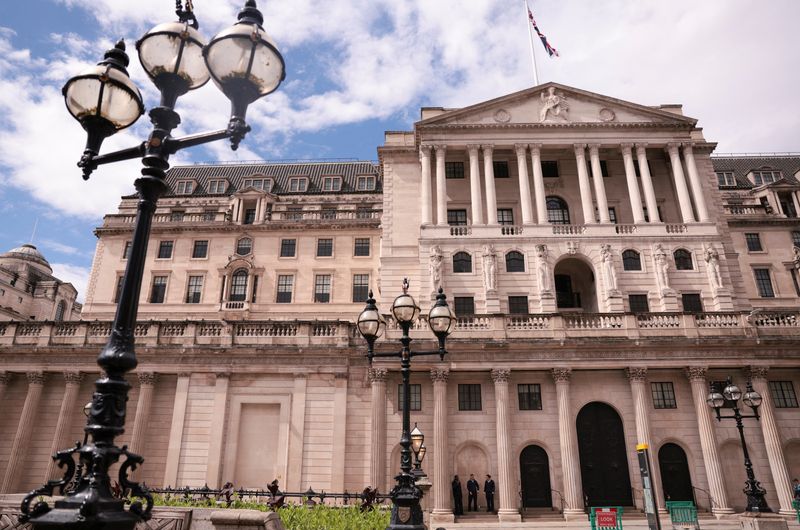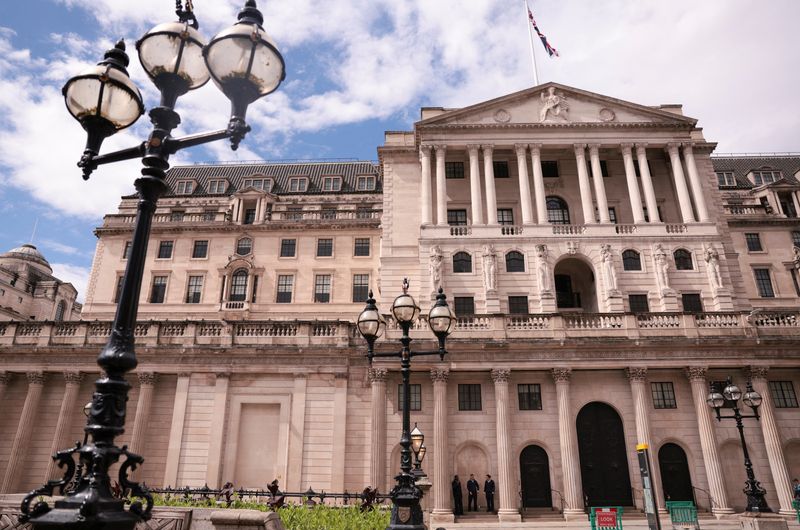
By Andy Bruce
LEEDS, England (Reuters) -The Bank of England should move quickly to bring down interest rates given signs of a slowdown in Britain’s economy, Alan Taylor, the BoE’s most recently appointed interest rate setter, said on Wednesday.
Taylor, an economics professor, voted to cut rates in November – when Bank Rate was cut to its current level of 4.75% – and again in December when the Monetary Policy Committee majority left it unchanged.
“We are in the last half mile on inflation, but with the economy weakening, it’s time to get interest rates back toward normal to sustain a soft landing,” Taylor said in the text of a speech he was due deliver at Leeds University.
“It is this logic that convinced me to vote for an interest rate cut in December.”
The BoE has reduced its benchmark Bank Rate twice since August – less than other central banks – and it has stressed it is likely to move gradually on further interest rate cuts, given persistent inflation pressures in Britain’s economy.
Taylor said he thought the risks around inflation had shifted in the last 12 months, by slowing more quickly than expected over 2024.
Sterling fell against the dollar around the time Taylor’s speech text was published, losing about a third of a cent.
Data published earlier on Wednesday showed Britain’s headline rate of inflation slowed to 2.5% in December, down from 2.6% in November, and underlying measures of price growth watched closely by the BoE cooled more quickly.
Taylor said that while the risks posed by inflation appeared to be fading, the possibility of a downside scenario for Britain’s economy had increased and, even if it was not his base case, it was appropriate to cut rates in response.
“Right now, I think it makes sense to cut rates pre-emptively to take out a little insurance against this change in the balance of risks, given that our policy rate is still far above neutral and would still remain very restrictive,” he said.

